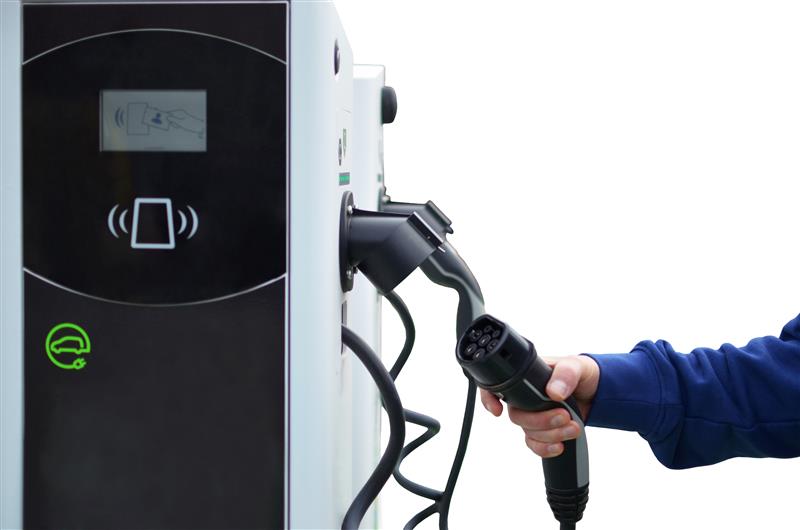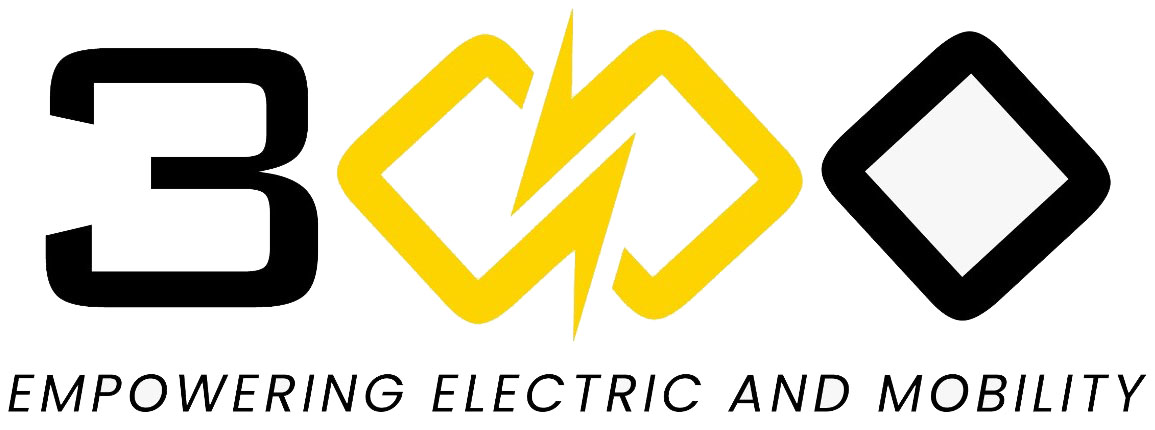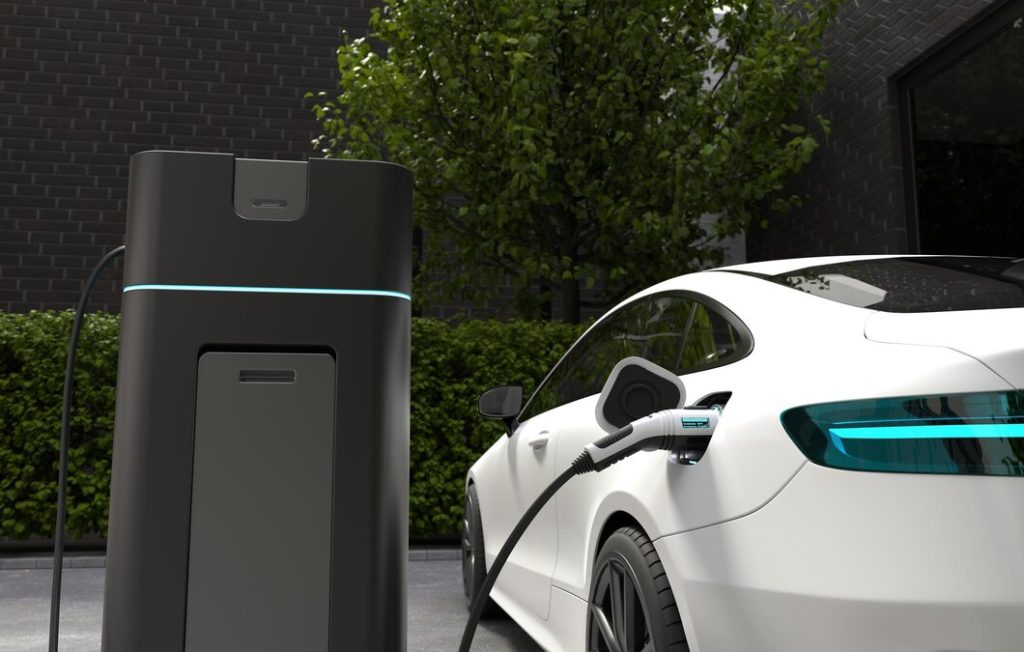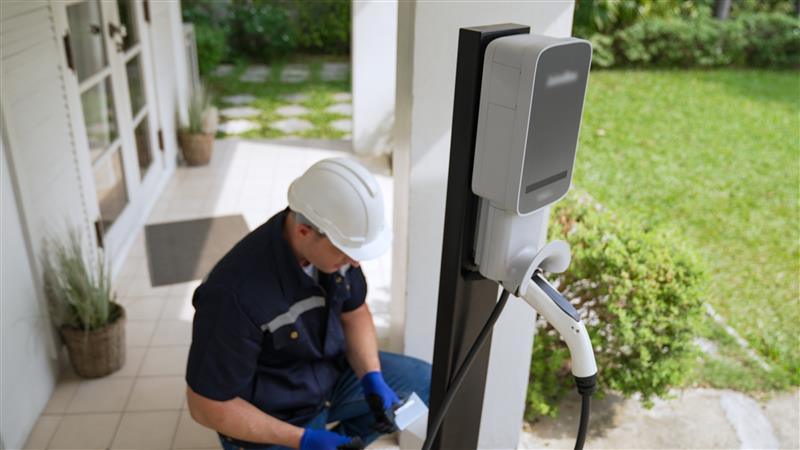
EV Charger Installation in Singapore: Cost, Process & Key Considerations for Homeowners & Businesses
Electric vehicles are rising in popularity. In Singapore, more people are choosing them over petrol cars. Many homeowners and businesses set up chargers on their own property. This helps owners with daily use and prepares for a cleaner future.
Getting an installation of an EV charger means you do not need to search for a public station. It also supports Singapore’s green goals and helps make travel easier for EV users. If you want to enjoy the full benefit of owning an EV, installing your own charging point makes everyday use much more practical and flexible.
More EVs Mean More Charging Points
As more EVs drive on roads, we need more charging points. That is why people are starting to plan to build their own charger at home or work. This makes it easier to drive daily and care for the planet at the same time.
When you get an EV charger installation in Singapore on your own property, you also grow its value. It adds something helpful and smart to the space you already use. With growing demand for green solutions, installing a charger today prepares you for the lifestyle changes of tomorrow.
What Homes and Businesses Need?
1. For Homes
Homeowners want a charger that is simple, quick, and easy to use. A home EV charging station installation meets customer’s needs with their total home power supply in mind.
2. For Workplaces
Businesses need chargers for staff and customers. They often need more than one charger and must plan for future needs. Safety, smart use of space, and good access matter here. Future growth and flexibility are key when designing a business charging solution.
Site Survey Consultation / Site Assessment
- First, check the total power supply available.
- Understand their needs: how many vans or lorries park overnight at the office, or does the driver take the vehicle home? What type of electric vehicle did they buy, and what is the limit of the onboard charger?
- Choose the right charger that meets their needs.
- Decide where to place the charger since the charging cable has a limited length.
- Suggest a route for the cable.
- Inform the owner about their responsibilities for owning an EV charger, like LTA registration and regular maintenance and inspection.
- Set a date for installation with the owner.
During installation, we will test the power load, run the cables, and conduct testing and commissioning before handing over the charger.
Steps to Install an EV Charger
Step 1: Visit the Site
An installer will explore your property and study where the charger should go. They will also review your wires and electrical board.
Step 2: Test Power Load
The installer will inspect and test the house power load to determine which phase has sufficient capacity to support the performance of the EV charger. If needed, they may rebalance the existing load across the phases to accommodate an EV charger.
Step 3: Carry Out the Wiring
Once ready, the installer will lay the wires and mount the charger on the wall or post.
Step 4: Try It Out
Next, they will test the charger. They will make sure it works well and charges your car safely.
Step 5: Teach You How to Use It
Before leaving, the installer will show you how to start the charger, check power use, and stay safe. You will also learn basic care steps to keep it running smoothly.
What Changes the Cost of Installation?
Even though we do not provide specific prices, here are the factors that may raise or lower the EV charger home installation cost:
| Factors | How it impacts the Costs |
| Type of Charger | Higher output chargers require thicker cables and larger breakers |
| Electrical System | Old setups may need an upgrade before the charger installation |
| Distance from Panel | Longer distance means increased materials and labour costs |
| Location Type and Requirements | Different ways of setting up affect labour and equipment |
| Extra Features | The pole mount, also known as the charger stand. |
| Optional Add-ons | Accessories like weather covers and charger stands enhance the entire EV charger setup up but add to overall costs |
When you plan the EV charging station installation, think about these points before you begin. Planning ahead can help reduce delays and unexpected work later.
Rules in Singapore You Must Follow
This helps prevent damage and protects people from harm. Before you move ahead with a home charger installation, make sure your installer follows these rules and has the correct paperwork.
How to Stay Safe?
Even after the charger runs well, you still need to keep it safe:
- Manually trip the RCCB component in your EVDB once a month
- Engage qualified personnel to carry out the required maintenance and inspection as stipulated under the EVCA Act.
- Replace broken parts right away
- Maintain ventilation in the charging area
If you are a business, train your staff to use the chargers safely and follow signs. Having a clear set of rules helps everyone stay protected.
Think About the Future
Electric vehicles (EVs) and charging stations are continually improving. Choose a charger that allows for software updates or connections to new tools in the future. At home, make sure to leave space for an additional charger if you might need one later. At work, opt for charging setups that can expand easily without requiring significant changes.
Your EV charger installation in Singapore should still fit your needs years from now. Look for options that offer room to adapt.
Smart Chargers Make Life Easier
Some chargers now include smart tools. You can track energy, set charging times. These tools help cut energy waste and lower bills.
Ask your installer about these before you start an electric car charging installation.
Do Not Believe These Myths
- Myth: All chargers are the same.
Truth: Chargers come in many types with different features.
- Myth: Any electrician can do the job.
Truth: Only electricians with the proper knowledge and tools can perform compliant installations and issue a valid Certificate of Fitness.
- Myth: Installation takes a long time.
Truth: Most home setups finish quickly, often in one day.
When You Should Upgrade
Most charging setups work well for a long time. You usually don’t need to change or add anything unless your needs grow. If you’re only charging one or two vehicles, your current system likely handles it without trouble.
However, consider an upgrade if:
- You add more EVs – Extra vehicles mean more charging time and more demand on your setup.
- Charging takes too long – If everyone waits to plug in, or your current charging speed no longer keeps up, it may be a sign that your setup needs attention.
- You plan for the future – Upgrading early can prepare you for guests, new vehicles, or shared use.
If your setup still meets your needs, there’s no rush. Upgrade only when your situation truly calls for it.
How EV Chargers Help the Earth?
Electric vehicles (EVs) have some environmental costs due to battery production. However, driving an EV can balance out these costs because they produce zero tailpipe emissions, which helps offset the environmental impact of making the batteries. Also, battery production is becoming greener as factories are using more renewable energy.
While it’s not a perfect solution, it is a significant step towards a cleaner and better Earth.
Final Thoughts
Planning the installation of EV charger units at home or at work brings many rewards. You make travel easier, raise your property’s value, and join the move toward a cleaner future.
Before taking action, consider your power usage, vehicle type, and available space. Consult a trained installer and ask questions. Ensure the charger meets your current and future needs.
With the right plan, your EV charger installation in Singapore becomes smooth and smart. The same charger may one day charge your second car or even your neighbour’s vehicle.
When you understand home EV charging station installation, manage the costs of your EV charger installation, and start the installation process, you set yourself up for long-term success.




